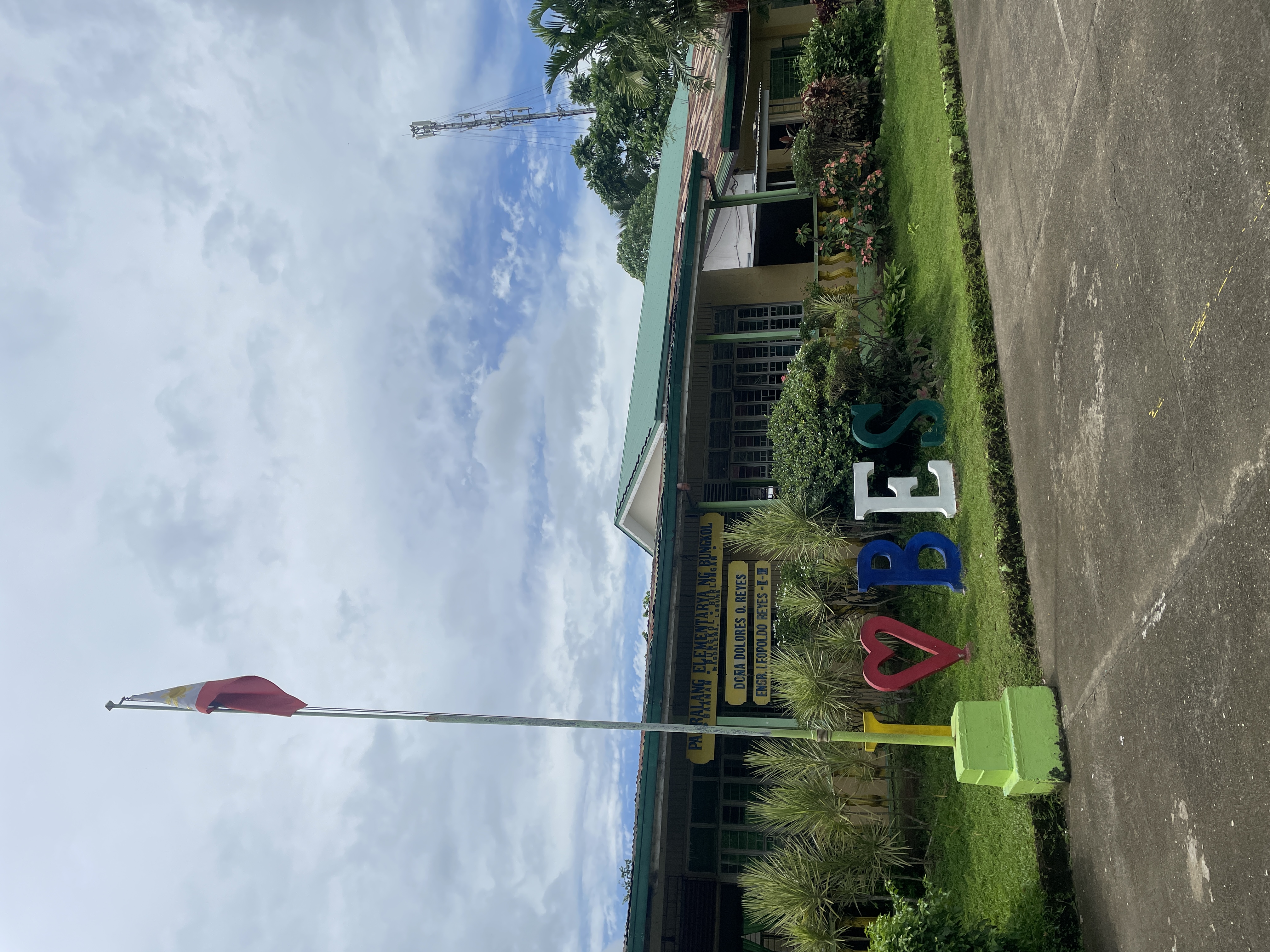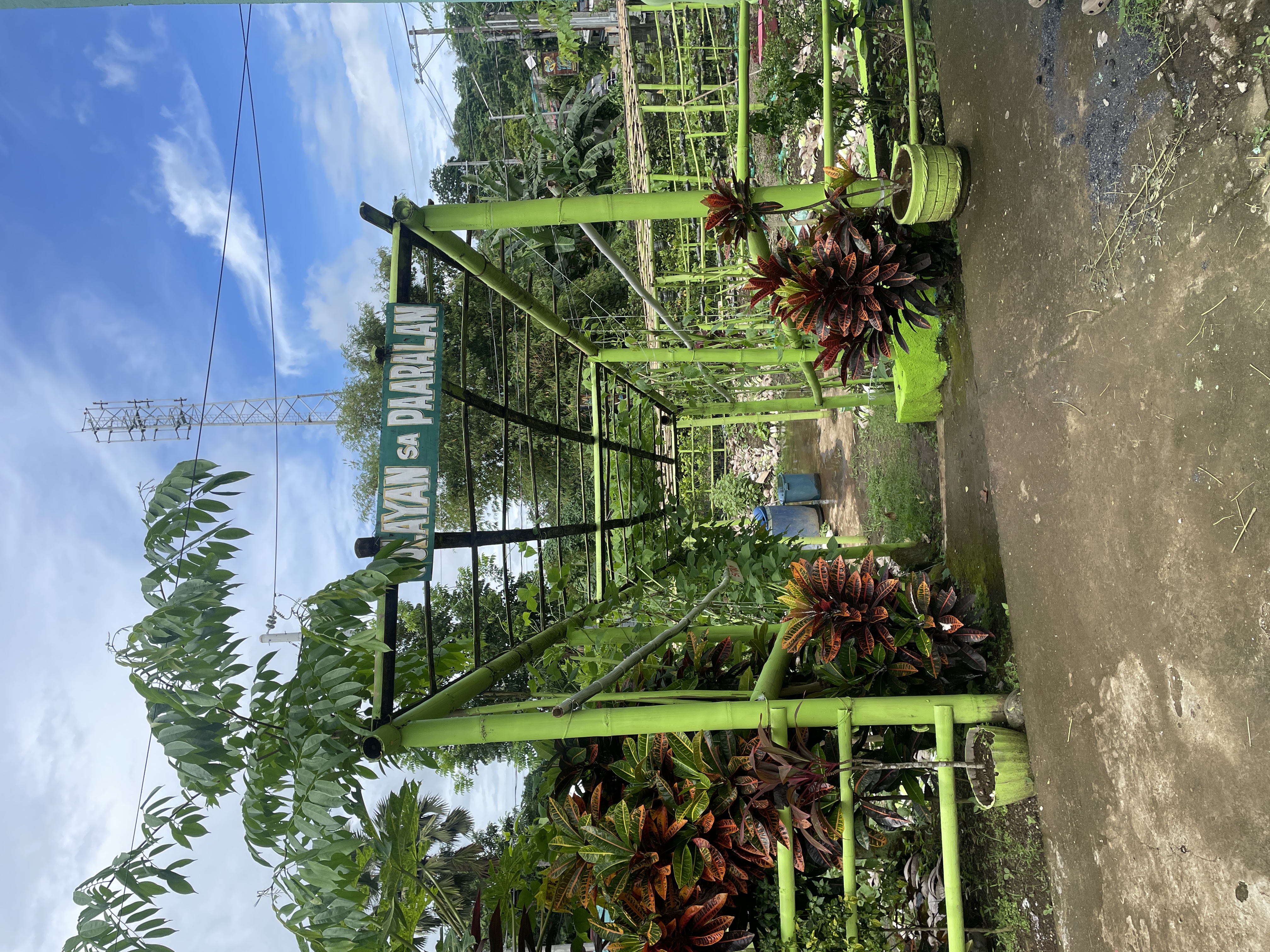Case study: NGO's feeding program proves that well fed students do better in school
By Yvette Tan
By YVETTE TAN
Bungkol Elementary School (BES) stands beside Good Food Farm in Calauan, Laguna. It has been a beneficiary of Rise Against Hunger Philippines’ (RAHP) feeding program for almost two years, and has already seen big results.

READ: Antidote to hunger: NGO establishes Laguna farm to help secure its partners’ food future
“I gained weight,” Dana Juvillana, a grade six student, said in Tagalog, adding that her favorite variant is ginataan, which is fortified with locally harvested bananas and sweetpotato. “I’m stronger and more energetic,” Juvillana, who wants to join the police when she grows up, added. Juvillana was in the range between normal and wasted (low weight for height) before the program started.
The school has 283 students from kinder to grade six. The feeding program starts at 9am with the youngest students, and goes on until everyone is fed. Leftovers are given to the students to take home to their families. “The feeding program has had a huge effect on the students,” Evangeline Leonardo, teacher and School Feeding Coordinator said in Tagalog. “Last year we had 70-75 wasted and severely wasted students. Now it’s down to 12. It’s a big help to the kids, especially those who don’t have breakfast [at home].”
She added that sometimes, RAHP gives food aid to the parents as well, and this, too, has been a big help.
Eunice Tugadi, a grade three student who wants to be a teacher when she grows up, said that before the feeding program started, her parents would give her bread without filling to take to school. Now, her favorite meal in the program is beef congee.
The meals are supplemented by vegetables harvested from the Gulayan sa Paaralan school garden, a project of the Department of Education in cooperation with the local government, Department of Agriculture, and Department of Social Welfare and Development.

The 400 sqm garden is planted to various crops such as mustard, pechay, pandan, okra, eggplant, malunggay, sili, papaya, lemongrass, and sweetpotato. It is maintained by parent volunteers, as well as students who are taking up agriculture in their Technology and Livelihood Education courses. The harvests not used in the feeding program are consumed in the school or sold to the community.
“We don’t have to buy vegetables and we are assured that what we’re eating is fresh,” Ma. Lourdes Z. Timbreza, the school principal, said in Tagalog. “Also, our parents can buy them here at a lower price.”
This, combined with RAHP’s feeding program has made a big impact on the students. “The students look forward to coming to school,” Timbreza said. “There’s less absenteeism. It contributes to their being active and they get better grades.”
Timbreza added that because of the feeding program, the school is well on its way to reaching its goal of zero wasted students. “Just a bit more and it will be eliminated; everyone will be [of] normal [weight].”
Photos by Yvette Tan